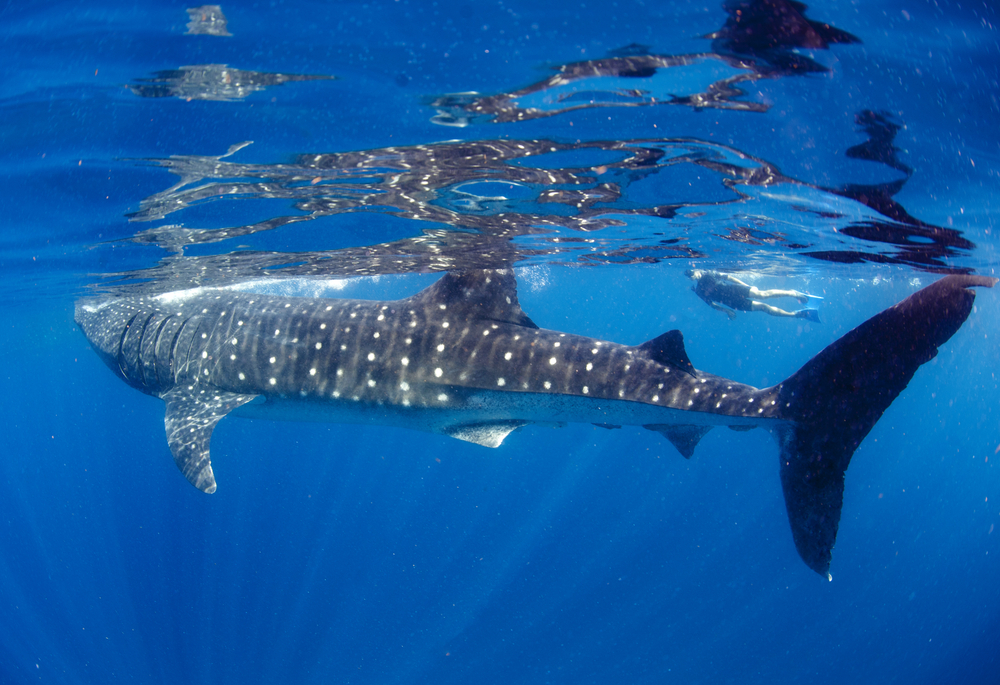Must Sharks Keep Swimming to Stay Alive?

Sharks must constantly swim or they'll die, right? Actually, this tale isn't true for all shark species.
Like other fish, sharks "breathe" through their gills, which are respiratory organs akin to our lungs. As water passes over the gill's membranes, tiny blood vessels extract oxygen from the water. Carbon dioxide waste also passes from the shark's blood and out of its body through the gill tissue.
But just how the sharks force water over their gills differs among species.
Some sharks, particularly those that are not active swimmers, such as nurse and bullhead sharks, breathe using buccal pumping. This method gets its name from the buccal (mouth) muscles that actively draw water into the mouth and over the gills, allowing the sharks to respire while remaining still.
These sharks also have prominent spiracles, or respiratory openings behind the eyes that allow the fish to pull in water while buried under sand.
Other sharks use ram ventilation; that is, they ventilate their gills by swimming very fast with their mouths open. Some sharks, such as the tiger shark, can switch between buccal pumping and ram ventilation depending on quickly they're swimming.
"Obligate ram ventilators" are sharks that have lost the ability, and the necessary anatomy, for buccal pumping, and instead can only respire using ram ventilation. Sharks from this group (which includes great white, mako and whale sharks) would indeed die from lack of oxygen if they stopped swimming.
Sign up for the Live Science daily newsletter now
Get the world’s most fascinating discoveries delivered straight to your inbox.
Follow Joseph Castro on Twitter. Follow us @livescience, Facebook & Google+.











